Effectively treating depression requires a committed team effort across the continuum of care, beyond just between the therapist and the patient. This is especially true when utilizing innovative technologies like Transcranial Magnetic Stimulation (TMS) Therapy to target depression.
As a psychiatrist, I have been specializing in TMS Therapy for 10 years. This treatment approach calls for a larger, more collaborative care team from start to finish.
TMS Therapy: A Patient’s View
For individuals suffering from depression, their patient experience commonly involves several trials of different treatments with little benefit. They have tried several different antidepressant medications that come along with varying degrees of side-effects. They have tried psychotherapy sessions that may have helped with insight, but not improved the core symptoms. The patient typically experiences all this before discovering TMS Therapy is a safe and proven treatment option.
A patient suffering from depression is struggling in the content of their life, which includes family and responsibilities. There is a lot of pressure to find relief from depression. A patient is on a mission to get better. A patient’s current healthcare provider may advocate for TMS Therapy and shift the direction of their treatment plan to explore whether the patient is an ideal candidate.
When a patient is ready to begin TMS Therapy, the psychiatrist will pinpoint optimal settings and develop a comprehensive treatment plan for the TMS technician to implement. This patient’s care team includes the doctor, the TMS technician and the TMS technology. The TMS technician sees the patient in each session throughout the treatment course. They have the skill to perform the treatment, support and encourage the patient, as well as monitor the clinical situation with the psychiatrist.
Snapshot: TMS Therapy Session
The patient arrives at the clinic, sits and relaxes in the TMS Therapy chair, has the treatment while awake and alert, then resumes their regular activity for the day. The procedure is non-invasive, has no drug side-effects and has no adverse effects on cognition. A course of treatment takes place over six weeks, at approximately 20 minutes per session.
TMS Therapy: A Doctor’s View
Let me break this down from the healthcare provider’s view. I first heard of TMS about 25 years ago when a patient told me about research being done in Boston, where she had been hospitalized. It was an intriguing thought to non-invasively stimulate the brain and cause a positive outcome. I followed the research, and when TMS was cleared by the FDA and determined to be an outpatient procedure, I knew I wanted to offer this treatment option to my patients. Thus, I started specializing in TMS Therapy for patients with depression whose medications or traditional treatments had not worked.
Looking back, the care team utilizing TMS technology pretty much started as the doctor, the TMS technician and the patient. Over the last decade, this care team has grown, and broader elements have become more evident, including advances in technology and scientific research. As innovation pushes forward, the components of the TMS system are critical as we strive to provide the best treatment from a technology standpoint.
Over the years, we have realized that support with regulatory agencies, insurance and outreach all have shared importance. In the early years, TMS Therapy started without billing codes, without FDA clearance and without insurance coverage. All of these issues have been addressed though there is more work needed among insurers to have more reasonable and consistent coverage. Plus, there’s steady growth in public awareness and specialization among clinicians. All this support is connected as part of the greater care team effort.
Outlook: Collaborative Care Team for the Win
Today, though much of the care team is the same, each patient brings their own elements and unique situation. As TMS technology evolves, a collaborative care team approach leveraging this innovative technology continues to be a winning strategy for helping patients get relief from depression. When each part of the care team does its job, positive results happen all around—which is the ultimate win-win for the team, especially the patient.


